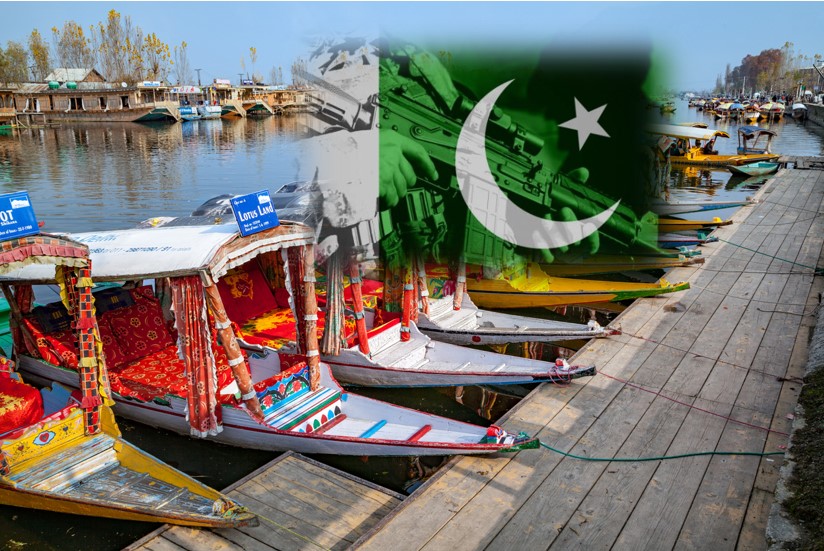
Why Pakistan’s Kashmir Obsession is Good for India
Wed, 07 Jul 2021 | Reading Time: 7 minutes

To use a business term to describe a national security priority is never a good idea. You can be seen as unfeeling and cold. But unfeeling and cold is what national security priorities are all about. If you are a keen student of geopolitics and national security and have had a longish stint in the corporate sector, a part of it managing profit and loss statements and balance sheets, you can be forgiven for looking at Kashmir through the lens of a cost benefit analysis paradigm. Let me explain.
India has absorbed losses in Kashmir, sometimes manageable and at other times, horrific. Loss of lives, a State (now Union Territory) shattered by Pakistan sponsored terrorism and two generations who are no longer excited by the sound of a grenade blast or the staccato of an AK 47. There are psychological problems which Kashmiris suffer from and many of these may be what we in the army know as Post Traumatic Stress Disorder (PTSD).
Hardline Islamist terrorists in your backyard can be a terrifying experience. Having said that, India has managed to keep the problem geographically confined to the Kashmir Valley. Jammu has suffered violence but that is largely a thing of the past, barring a few incidents. Ladakh has always been terror free and is now a Union Territory, happy with its new and independent identity.
But Pakistan has failed in Kashmir. It wanted to use Kashmir as a bridgehead and various terror groups as proxies, to wage Jihad inside India. Minus attacks in the past on mainland India, like 26/11, Parliament attacks, 1993 bomb blasts and the Akshardham attacks, India is now largely secure. The Indian Army’s anti-infiltration grid is working fine, and the LoC is silent. The Hurriyat is confined to the dustbin of history and the tricolour flies proudly across the Valley.
We still sustain losses in Kashmir and these losses will not end anytime soon. More terror attacks on helpless civilians and unarmed policemen are expected. But these are the dying embers of a flame that roared unchecked for decades. Stone pelting is not Kashmiri by design and intent. It was imported from Palestine and planted in the Valley. Images of mobs streaming out of mosques after Friday prayers and trying to lynch policemen, burning of police vehicles and frequent hartals, or strikes, are now a distant memory. India has paid a steep price for this relative peace.
While the Pakistani establishment celebrated the bleeding of India, it hid an ugly reality from its own people. Pakistan was hemorrhaging. The pace has become more furious in the past three years. Analysts say that Pakistan will implode. It’s only a matter of ‘when’, not ‘if’.
Pakistan’s obsession with Kashmir is as old as its creation. For Kashmir, Pakistan staked its sovereignty, its identity, its economy and even the lives of its citizens. Over decades, mass hysteria was created, and every Pakistani was expected to forfeit his life, property, and the future of his children; all for that mad dream called Kashmir.
Mohammad Ali Jinnah’s quote of Kashmir being Pakistan’s jugular vein was pulled out from the pages of history and burnished to a fine sheen. And under the glow of that sheen, the Pakistan Army wrote its strategic doctrines. Once the strategic doctrines were ready, Pakistan committed everything it had. The motto of the Pakistan Army became Iman, Taqwa, Jihad fi-Sabillillah. It shed all pretentions of being a professional army. Jihad was its avowed aim, and its soldiers became mujahid or holy warriors.
Under the Zia-ul-Haq regime, Pakistan forever changed its trajectory. Perhaps it had hit its point of inflection. The army was radicalized and the population, weaponised. Madrasas became hotbeds of Islamic obscurantism and Pakistan gave birth to the Taliban.
Why is this history lesson important? Because Pakistan assumed that Jihad would be a twin-edged sword, targeting Kabul and Srinagar. They did not see the third edge, jutting out from one corner. The third edge was aimed at Pakistan itself. It is not just the bomb blasts and terror activities that seem to flourish unchecked inside Pakistan. Jihad has damaged Pakistan in ways from which it may never recover.
Pakistan may not show up on various global surveys on “Gun Ownership”, but that is primarily because gun ownership in that country is largely illegal. Darra Adam Khel in the Kohat Subdivision of the Khyber Pakhtunkhwa Province, is probably the largest gun market in the world. Cheap replicas of anti-aircraft guns, automatic rifles and even rocket launchers are manufactured and prominently displayed. Some say that Darra Adam Khel has been shut down. Some say it has merely shifted.
Guns find their way into Pakistan from Afghanistan and Iran, but that is not the true measure of the danger Pakistan faces. The problem for Pakistan lies in the carefully cultivated image of machismo that a Pakistani male must ideally identify with. “Aslah Musalman ka zevar hai” or “Weapons are the jewelry of a Muslim” is an oft quoted phrase, believed and digested with gusto. Some commentators put the violent death toll in only the city of Karachi, between 2006 to 2016, to over 25,000. And these were just deaths that were officially reported. Underreporting of crimes is par for the course for Pakistan.
Drugs flooded Pakistan after its Afghan Jihad experiment and they were used to fund the Jihad, a nod to Pakistan’s affair with narco-terrorism. In a damning indictment, the UN Office of Drugs and Crime revealed in its Drug Use in Pakistan – Technical Summary Report (2013) that Pakistan had 6.7 million users, including 4.25 million who were thought to be drug-dependent. Eight years on, the drug addiction in Pakistan has assumed horrendous proportions. De-addiction clinics are few and those that do exist, are so expensive that they are out of reach of the common Pakistani.
In May 1998, Pakistan went nuclear, in response to India’s nuclear tests. Most countries do not discuss their nuclear programs in public. Pakistan is not most countries. Taking forward the saying “Aslah Musalman ka zevar hai”, nuclear capability is flaunted, and threats of nuclear war made openly on Pakistan’s myriad TV channels. Many of these threats are made by sitting cabinet ministers. All this is noted, discussed, and debated by a horrified international media.
When Pakistan’s former Army Chief and President Pervez Musharraf said in an interview with top journalist Wajahat Khan that “Osama bin-Laden is a hero to Pakistanis”, no one was surprised. When the Prime Minister of Pakistan Imran Khan said on the floor of the Parliament that bin-Laden is a ‘Shaheed’ or martyr, hence giving the world’s deadliest terrorist an angelic halo, many Pakistanis agreed with him.
There is a subject taught to school students in Pakistan by the name of Pakistan Studies. History is manufactured and shoved down the throat of impressionable children. They are taught that they are decedents of warriors and invaders and why Hindus must be despised. They learn that they are the Qila, or fortress of Islam and that the world is conspiring against them. It is such attitudes, built up over decades, that encourage the Interior Minister of Pakistan, Sheikh Rasheed Ahmad, to proudly admit on National TV that the Taliban finds safe haven in Pakistan.
Pakistan continues to be in the FATF Grey List. Rather than work on resolving issues and getting itself removed from the Grey List, the Pakistani establishment, through its controlled media, keeps spouting the same old gibberish about how FATF is Indian and Israeli controlled and how every move by the “Jewish lobby” is aimed to humiliate Pakistan, the only Islamic nuclear power.
This long list of endless misery would be incomplete without mentioning Pakistan’s economic woes. In a terrifying statistic often quoted by hapless Pakistani economists, each newborn is 200,000 Pakistani Rupees in debt, at the time of birth. Pakistan continues to borrow money from anyone who will lend it, irrespective of the terms and conditions. It borrows money to even pay back the interest on the previously borrowed loan. Concerned experts say that by the end of 2021, Pakistan will not have enough money to pay salaries.
When countries and international institutions stopped giving money or put too stringent a condition, Pakistan started mortgaging its national strategic assets to raise funds. International airports in Karachi, Lahore, Islamabad, and Multan have already been pledged. Add motorways, government building and parks to this list and a dystopian nightmare starts to unfold; except that dystopia is imagined. Pakistan is real.
Pakistan is the 33rd largest nation on earth, by size, and it is imploding because of its mad obsession with Kashmir, a Muslim majority area that is about 140 kms by 40 kms in size. Yes, Pakistan claims Jammu and Ladakh too; however, that is a moot point. Pakistan claims Sir Creek, Junagadh, and Siachen also, but the vehemence and naked aggression it displays for Kashmir belongs with the lunatic fringe.
Each time the Prime Minister of Pakistan speaks at an international forum, his domestic audience demands that the Kashmir issue be raised. In the past three years of the Imran Khan government, Pakistan’s foreign policy has become unidimensional. Khan could have asked for technology for desalination plants and drip irrigation. He could have asked for massive investment in primary education and technology or maybe a partnership to increase exports and put Pakistan on the path to economic prosperity. But for a nation that has been fed on the opium of “Aslah Musalman ka zevar hai”, weaponising its population is a far more urgent national imperative. Trade is not for warriors.
The Kashmir bogey is simply too powerful to ignore. No Prime Minister of Pakistan dare make it a second priority. Even Pakistan’s army chiefs, those demigods whose writ is unchallenged, bow before the Kashmir issue. This presents a unique opportunity for India.
Every conflict has its own economy and its own shelf life. Kashmir is no different. The more Pakistan’s obsession with Kashmir grows, the more its national priorities will get skewed. Matching India weapon for weapon, mortgaging their strategic assets to the Chinese, allowing the State Bank of Pakistan to be run by the IMF, creating a foreign policy binary in which there is Kashmir or nothing and creating enemies out of friends by making Kashmir an “Islamic” issue, is all adding up rapidly. This is the beginning of the destabilising of Pakistan’s core.
Most of Pakistan’s elite have dual passports and the last three Army Chiefs of the Pakistan Army live abroad. General Ashfaq Parvez Kayani lives in a mansion in Australia. General Pervez Musharraf shuttles between Dubai and London. General Raheel Sharif lives in Saudi Arabia. The list is long, and it includes bureaucrats, businessmen and the entire top shelf of Pakistan’s elite who use a second passport as a parachute to be used just in case the plane goes into freefall.
As the frantic loan taking exercise picks up pace, Pakistan’s elite gets wealthier and the nation’s condition, more precarious. The decision to take loans is taken by individuals, but the loan is paid back by the state. This cold reality is at the core of Pakistan’s impending implosion. And the nucleus of this core is Kashmir. Kashmir is the cause. Implosion is the effect.
Pakistan’s obsession with Kashmir is detrimental to its national security and it is this obsession that is India’s biggest weapon against Pakistan.
**************************************************************************************************************
Author

Major Gaurav Arya (Retd) is Editor-in-Chief of Chanakya Forum. A noted public speaker, he was invited to speak at the UK Parliament in October 2017, where he articulated India’s stand on Kashmir. He is a keen writer.
Disclaimer
The opinions expressed in this article are the author’s own and do not reflect the views of Chanakya Forum. All information provided in this article including timeliness, completeness, accuracy, suitability or validity of information referenced therein, is the sole responsibility of the author. www.chanakyaforum.com does not assume any responsibility for the same.
Chanakya Forum is now on . Click here to join our channel (@ChanakyaForum) and stay updated with the latest headlines and articles.
Important
We work round the clock to bring you the finest articles and updates from around the world. There is a team that works tirelessly to ensure that you have a seamless reading experience. But all this costs money. Please support us so that we keep doing what we do best. Happy Reading
Support Us








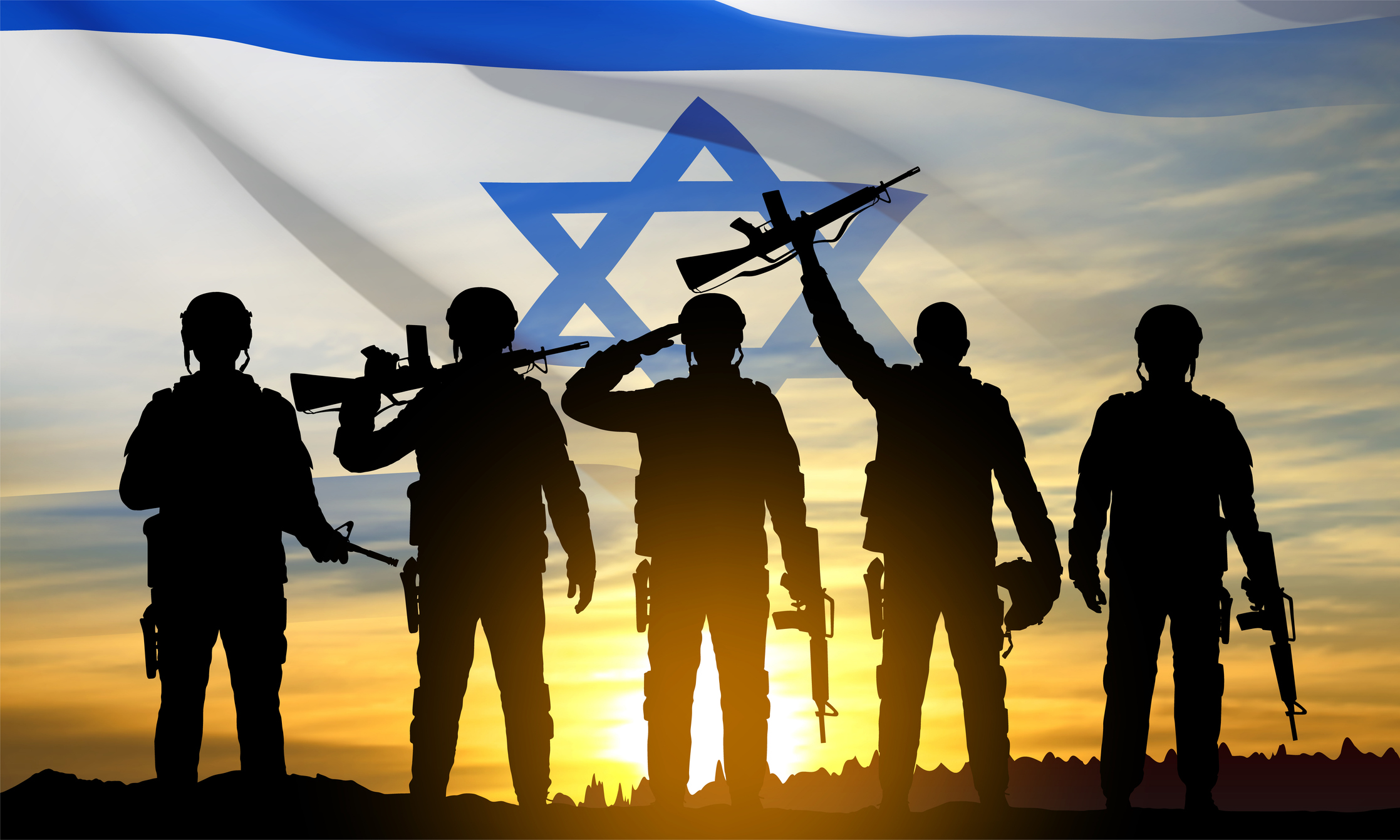

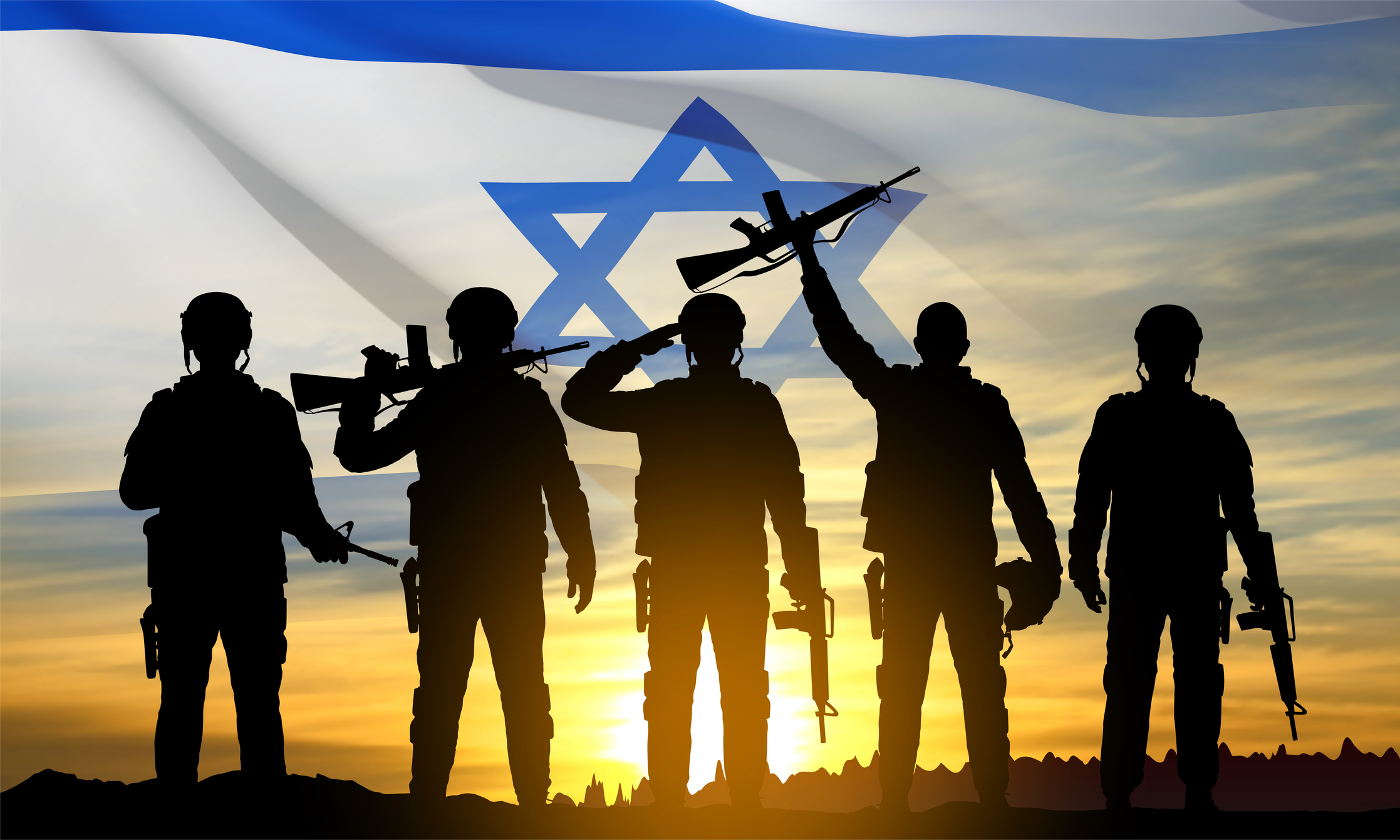
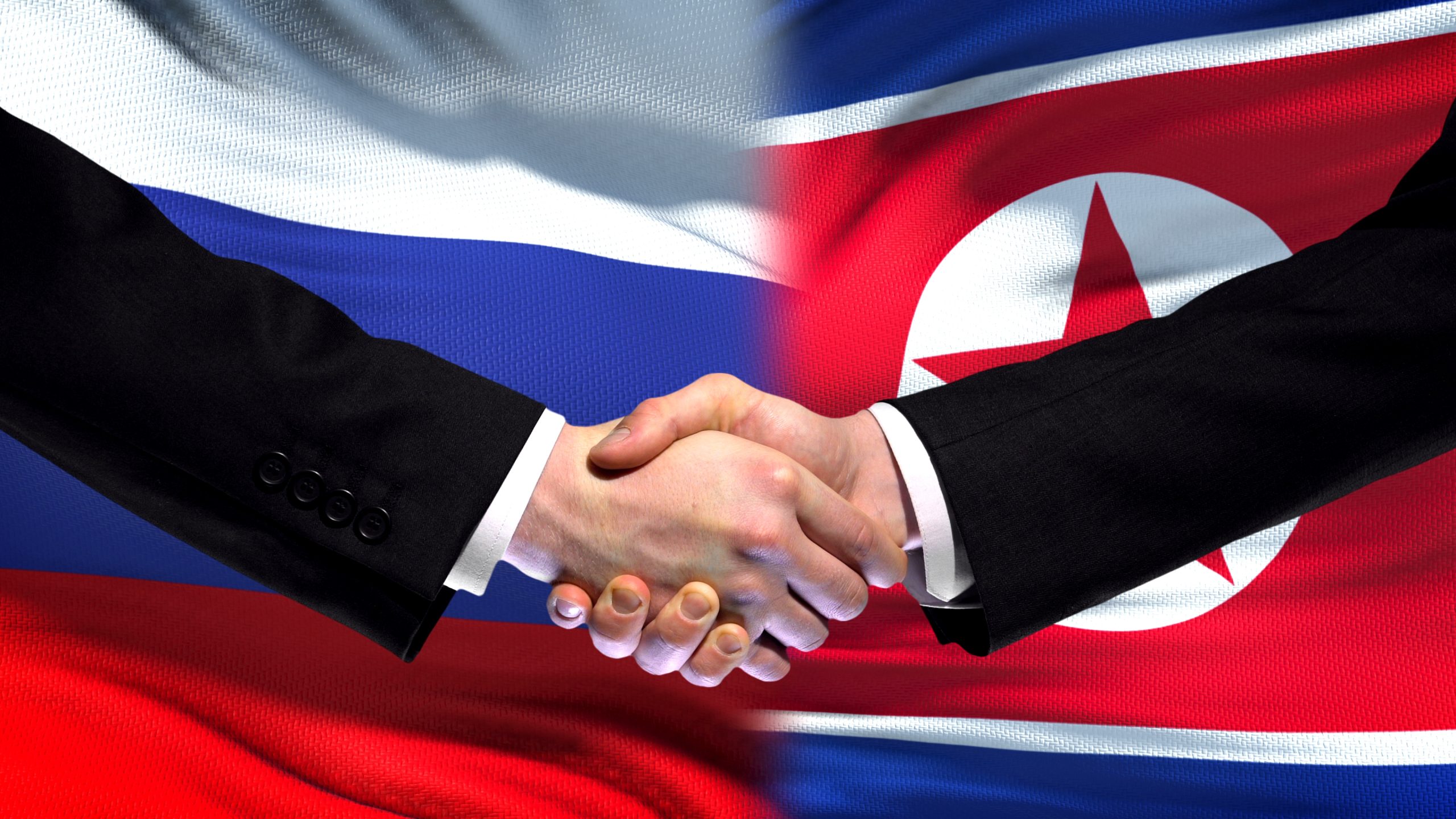

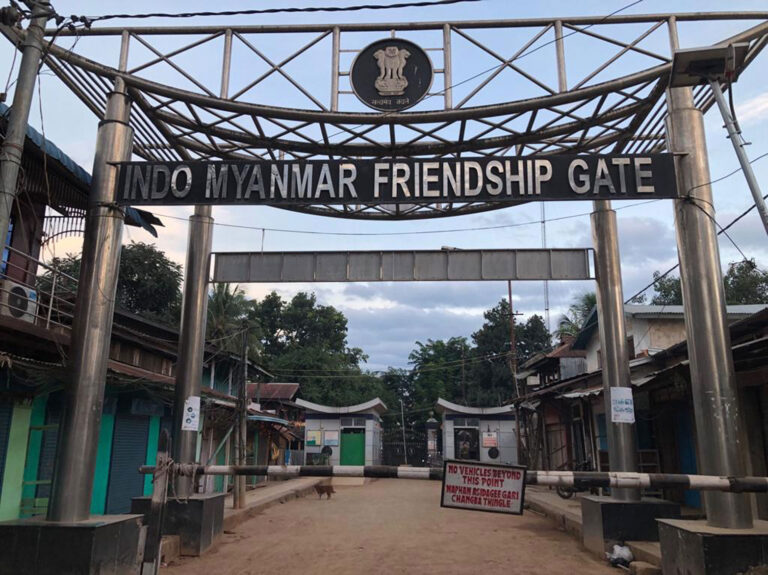






POST COMMENTS (39)
Hussain Ahmed
Shymalendu Bose
Shymalendu Bose
Pradeep M. Gupte
Vipin
Abhinav Gaur Raghuvanshi
Ruchi Sinha
Vijay Vidhate
Kanhaiya Kulkarni
Pankaj
Radhika Ogale
Anant Thapa
Vikram G K
Gaurav Tiwari
G.vishnuvardhan Reddy
HANUMANTH REDDY MADDURI
Radha choube
Sandeep Johar
Saurabh Master
Mukesh.Naik
Subrata Chakraborty
Vishnu bhat
Pratik Pawar
Biki
Pritam
MK Bhardwaj
Vikas
Vinesh Tyagi
dr.devesh pandey
Raju Thakur
Nitin Sharma
Ujjwal
deep
Sandeep Singh
Mr. Nobody
ASHOK IYER
Poonam Dave
Happychappy
BHAVIL GOYAL